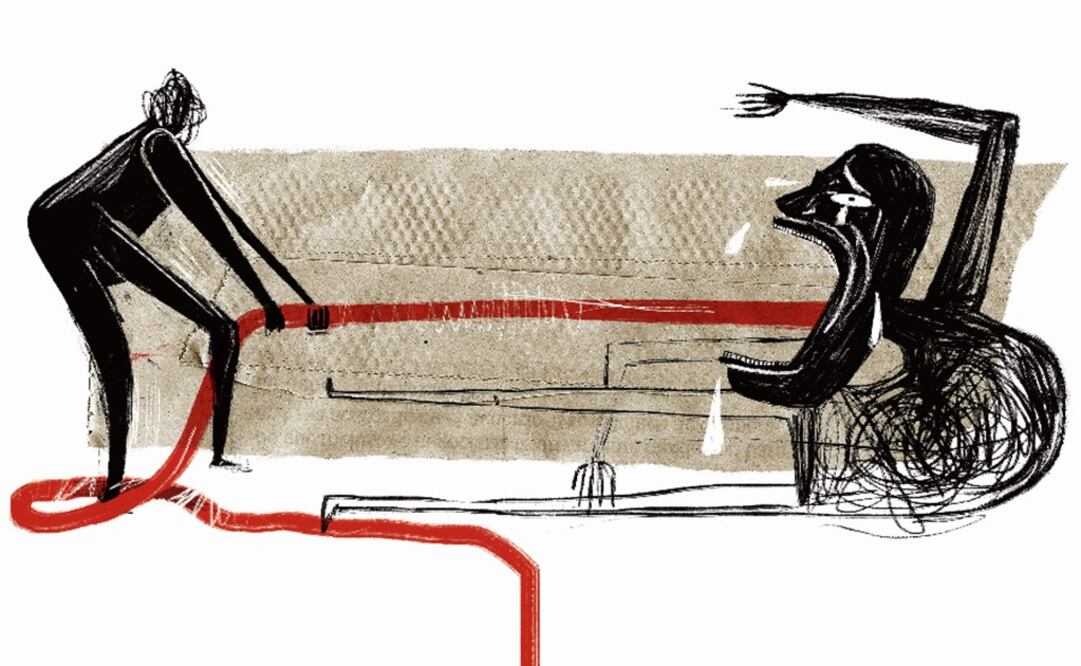Although the respect of human rights is becoming a priority in Mexico , the reporting of torture cases is not lowering; moreover, they seem to have become more widespread.
Numbers from the National Survey of People Deprived of their Liberty , released by the Inegi in 2016 , show that 58% of detainees were isolated ; 52% were threatened with false charges ; 46% were forced to get naked , and 40% were tied and blindfolded . Also, a third was forced to incriminate another person and another third was asphyxiated .
In order to eradicate abuse in the detention of alleged criminals and punish those responsible, the General Law for the Prevention, Investigation, and Punishment of Torture and Other Cruel, Inhumane, and Degrading Treatments was implemented on June 2017. The law replaced a former law implemented in 1991. The new document granted the federal and local governments 90 days to implement the new law and launch special units to investigate torture .
Now, almost two years and a half later, only 10 states have implemented the law. Between 2014 and 2018, authorities investigated 9,998 torture cases but only 33 were punished. Why isn’t the government committed to investigating and punishing abuses perpetrated by public servants ?
In the efforts to eradicate torture , state governments are not following rules but there have been no legal consequences . It seems like state governments don’t care about improving its justice system . Will they be held accountable?
Mexico is in the midst of a transition process and on a quest to find better ways to deliver justice . When you ask inmates, they tell stories of physical abuse and impunity. If local and federal governments don’t take the fight against torture seriously, the country will move away from justice and human rights .
gm
Noticias según tus intereses
[Publicidad]
[Publicidad]














